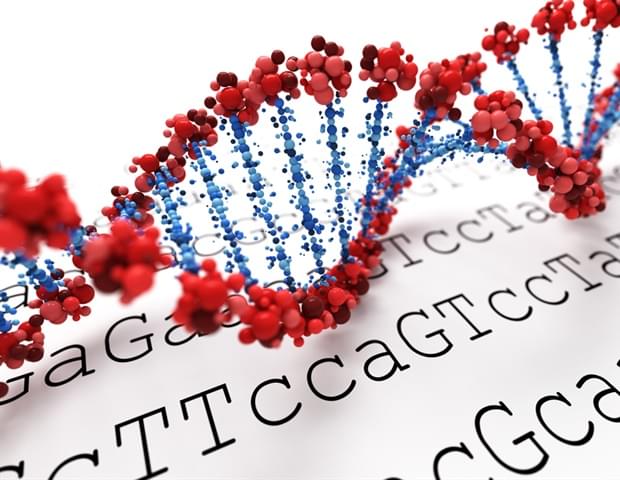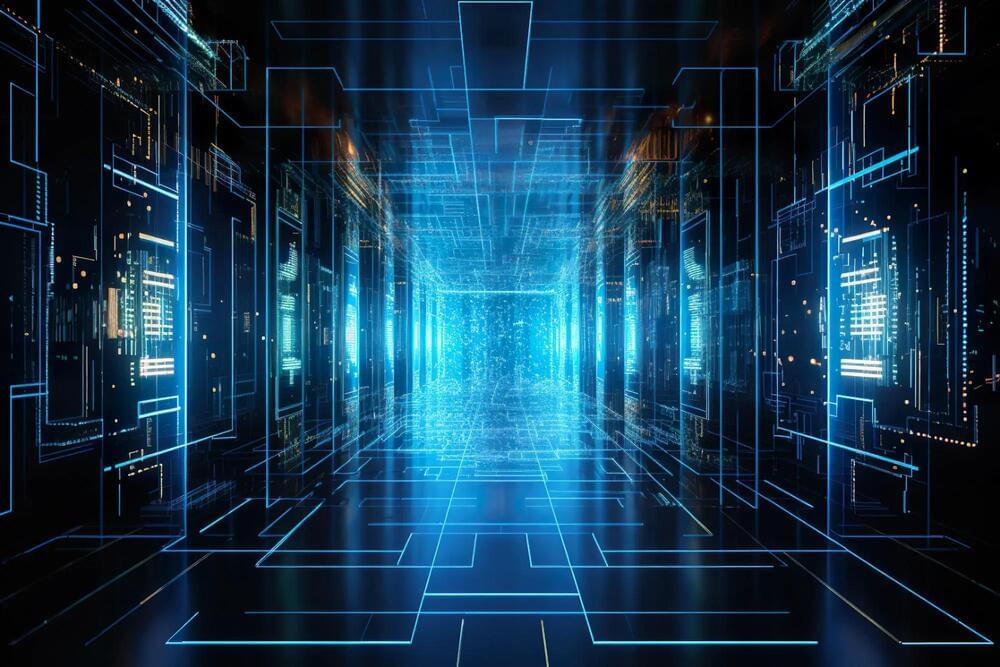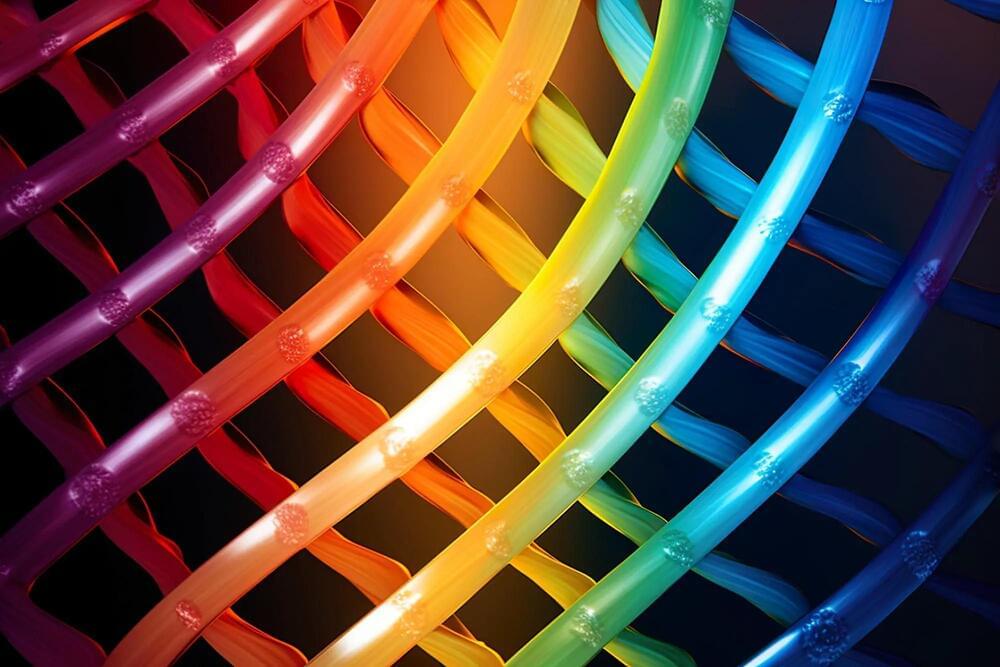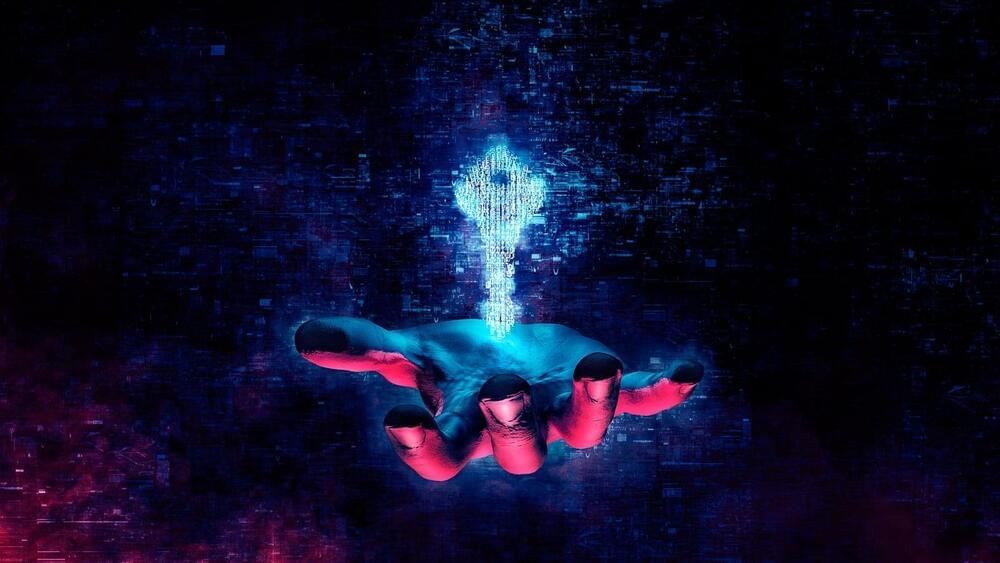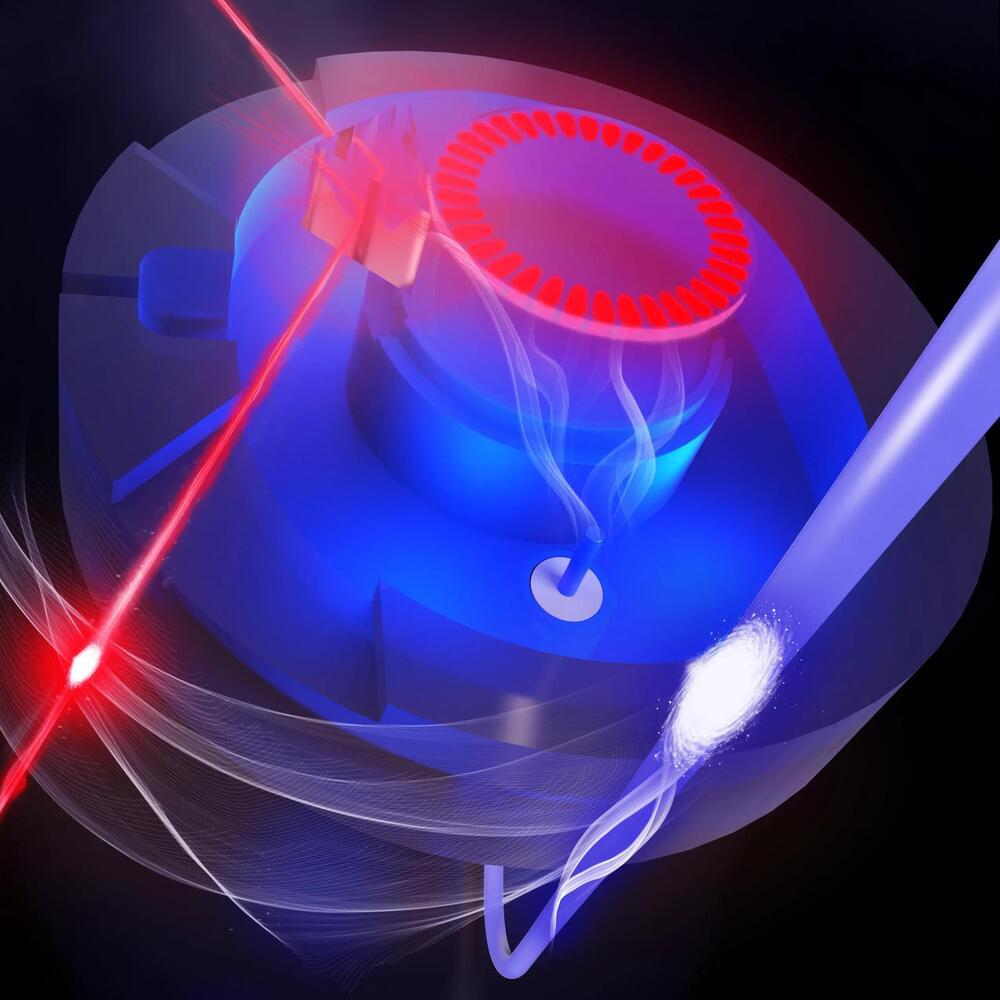Researchers at Los Alamos National Laboratory have successfully developed a new way to produce a specific type of photon that could prove critical for quantum data exchange, notably encryption. The specific kind of photons, called “circularly polarized light,” have thus far proved challenging to create and control, but this new technique makes the process easier and, importantly, cheaper. This was achieved, the team explains, by stacking two different, atomically thin materials to “twist” (polarize) photons in a predictable fashion.
Encoded, “twisted,” photons
“Our research shows that it is possible for a monolayer semiconductor to emit circularly polarized light without the help of an external magnetic field,” explained Han Htoon, a scientist at Los Alamos National Laboratory. “This effect has only been achieved before with high magnetic fields created by bulky superconducting magnets, by coupling quantum emitters to very complex nanoscale photonics structures, or by injecting spin-polarized carriers into quantum emitters. Our proximity-effect approach has the advantage of low-cost fabrication and reliability,” he added.

